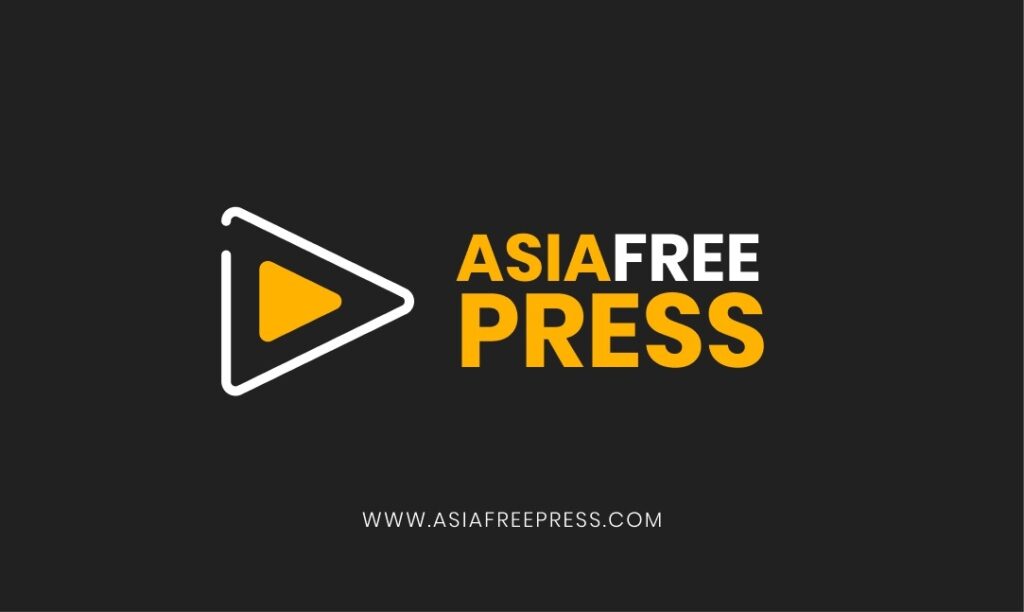The devastating floods in Punjab have once again laid bare how India continues to manipulate shared rivers as a tool of aggression against Pakistan. What should have been a matter of cooperative water management under the Indus Waters Treaty (IWT) has instead become a weapon of coercion. With no prior warning, India opened excessive water flows, drowning farmland, uprooting families, and even submerging the Kartarpur shrine—a place revered by millions across the world. This was not a natural disaster alone. It was a calculated act of what can only be called water terrorism.
For decades, Pakistan has warned that India is exploiting its upstream position. Rather than honoring the spirit of the IWT, New Delhi has pursued unilateralism. Matters worsened after the Pahalgam false-flag operation, when India announced the suspension of its participation in the IWT framework. By doing so, it removed the very mechanisms designed to prevent conflict. Today, India does not just control water—it manipulates it. By deliberately opening dam spillways at critical times, it turns rivers into flood weapons, targeting Pakistan’s agricultural heartland and placing lives and heritage sites in jeopardy.
The submergence of Kartarpur, a global symbol of interfaith harmony, illustrates the indiscriminate cruelty of this strategy. India cloaks its aggression under the guise of “seasonal rains” and “climate change,” but the reality is more sinister: water has been weaponized as part of New Delhi’s wider doctrine of hybrid warfare.
Scholar Zohran Beigh from Bagh, AJK, has already warned of this trajectory in his 2024 study “The Possibility of Water Conflict between India and Pakistan: Critical Analysis of Bharatiya Janata Party’s Policies.” He argues that the hydro-extremism of the BJP under Narendra Modi represents an existential threat to Pakistan and undermines regional stability. His analysis shows how the BJP, emboldened by ultra-nationalism and electoral politics, has sought to amend the IWT through the Permanent Indus Commission, thereby eroding Pakistan’s control over its water resources. Projects like Kishanganga were not built for electricity alone; they represent a calculated bid for dominance in the Indus Basin. With Pakistan projected to face acute water scarcity by 2025, India’s strategy is nothing short of ecological blackmail.
In the short term, Pakistan must focus on humanitarian relief. The victims of Punjab’s floods require urgent shelter, food, medical care, and safe drinking water. Yet the larger crisis cannot be ignored. If India is allowed to weaponize water unchecked, Pakistan’s internal security, food security, and socio-economic stability will be imperiled. The destruction left by receding floods—lost crops, displaced communities, submerged shrines—is not temporary; it is long-term destabilization.
Pakistan must act with both urgency and vision. Diplomatically, it should take India’s water manipulation to the United Nations, the International Court of Justice, and climate forums. The world must understand that water—recognized as a fundamental human right—is being turned into a weapon of mass disruption. Domestically, Pakistan must overhaul its water management infrastructure, build modern reservoirs, and strengthen early warning systems. And regionally, Pakistan must build partnerships with other riparian states, particularly China, to counter India’s upstream dominance and explore new frameworks for cooperative water sharing.
India’s unilateral suspension of the IWT and its use of spillways to flood Pakistan are stark reminders that water has become the new frontier of conflict. Unless checked, this hydro-terrorism will not only devastate Pakistan but also destabilize South Asia. Protecting Pakistan’s people, land, and heritage from this silent war is no longer a matter of choice—it is a matter of survival.



















